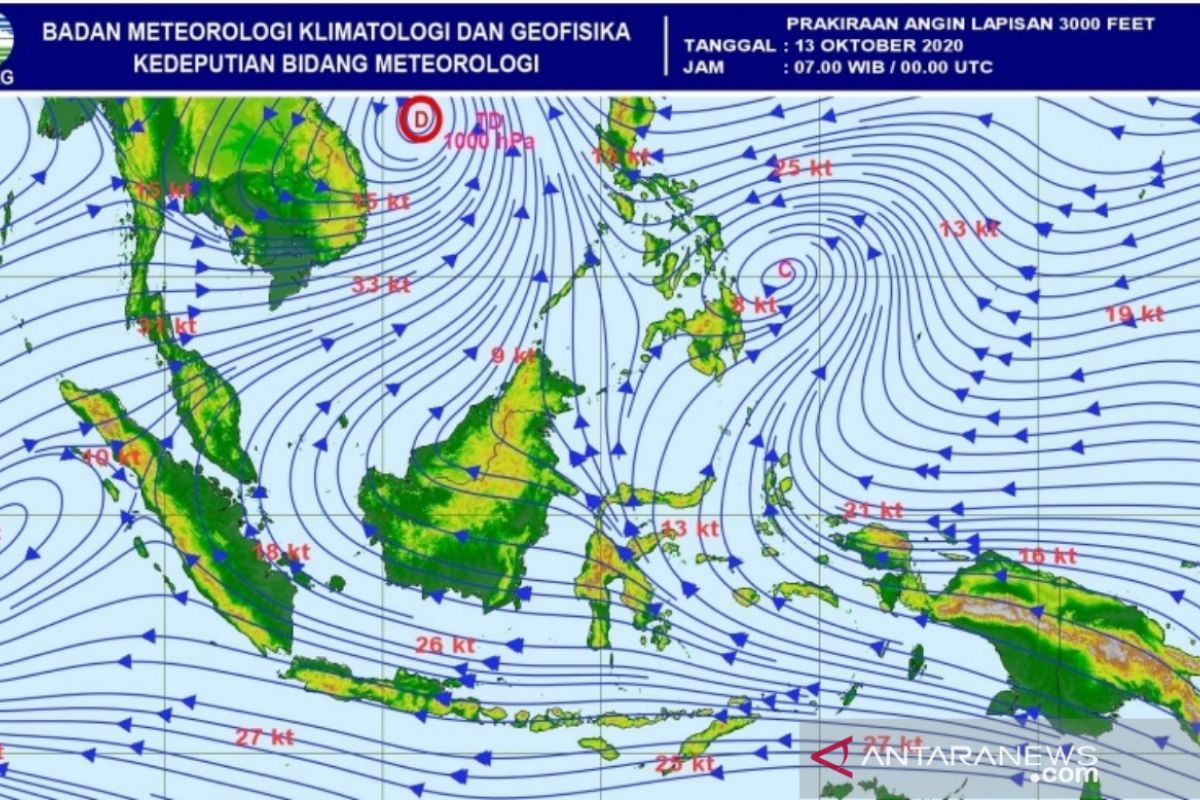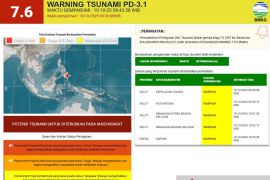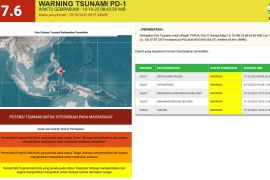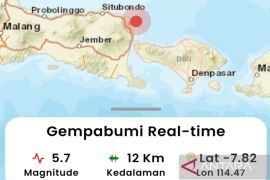"Above normal means it is out of the ordinary. The 27.5-percent regions comprise several areas in Sumatra, for instance, in Lampung, South Sumatra, West Sumatra, parts of Bengkulu, Riau, parts of North Sumatra, and parts of AcehJakarta (ANTARA) - Indonesian Agency for Meteorology, Climatology and Geophysics (BMKG) projected that 27.5 percent of Indonesia's territory will experience above-normal rainfall at the end of 2020 or during the rainy season.
"Above normal means it is out of the ordinary. The 27.5-percent regions comprise several areas in Sumatra, for instance, in Lampung, South Sumatra, West Sumatra, parts of Bengkulu, Riau, parts of North Sumatra, and parts of Aceh,” BMKG Head Dwikorita Karnawati stated after a limited meeting chaired by President Joko Widodo at the Merdeka Palace, Jakarta, Tuesday.
Karnawati noted that this extraordinary rainfall in Sumatra Island was due to the local topographic conditions while calling to watch out for high rainfall in western Indonesia.
"Rains (in Sumatra) fall in the category of high monthly rainfall, specifically in the western part of Sumatra, from the tip of Aceh to the southern tip of Lampung," she noted.
Karnawati did not attribute the high rainfall in Sumatra to the La Nina phenomenon.
La Nina is a natural phenomenon occurring on account of the increasing surface temperature of the eastern and central Pacific Ocean, which then causes the air humidity above the waters to rise, thereby leading to cloud formation and increased rainfall in the region.
The BMKG has estimated that the impact of La Nina will not be felt in Sumatra but in various other parts of Indonesia.
"During the October-November 2020 period, all parts of Indonesia are affected by La Nina, except for Sumatra and eastern Papua. Hence, the anomaly or extraordinary event in Sumatra is owing to the local topographic conditions," she stated
In fact, Karnawati urged those residing in areas outside of Sumatra and eastern Papua to be cognizant of the impact of increased rainfall owing to La Nina.
Almost all regions in Indonesia must be sentient of the impact of high rainfall due to La Nina in October and that La Nina is estimated to peak in December 2020.
"What needs to be accorded priority depends on the month since it gets very dynamic from time to time. During the October-November period, this is especially applicable from Java to Nusa Tenggara, Sulawesi, particularly the southern and central parts, Central Kalimantan, and the Maluku Islands and western parts of Papua, including North Maluku," Karnawati noted.
Related news: Use data to anticipate impacts of La Nina: BNPB
Related news: BMKG intensifies mitigation efforts over spike in natural disasters
EDITED BY INE
Translator: Indra Arief, Azis Kurmala
Editor: Fardah Assegaf
Copyright © ANTARA 2020












